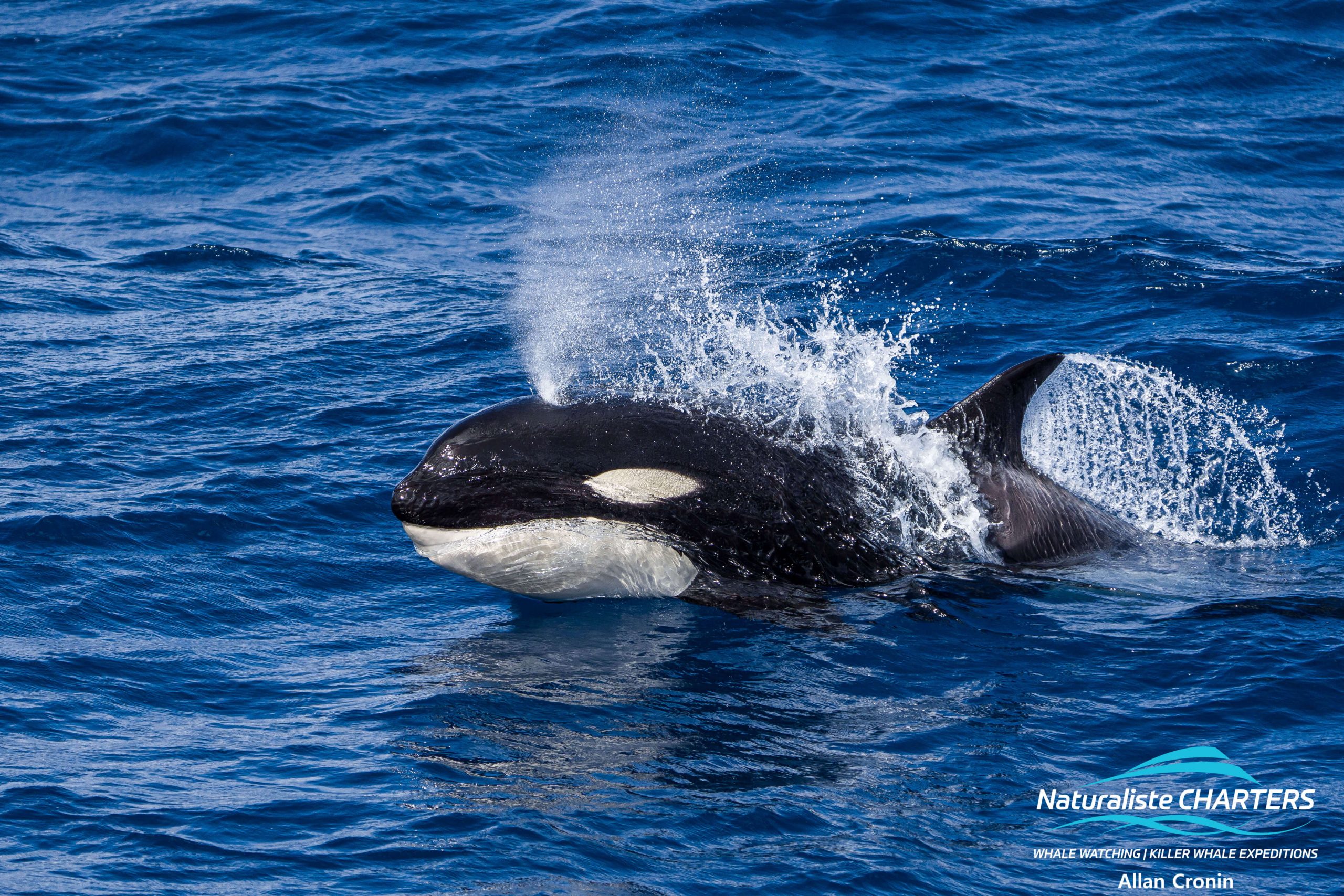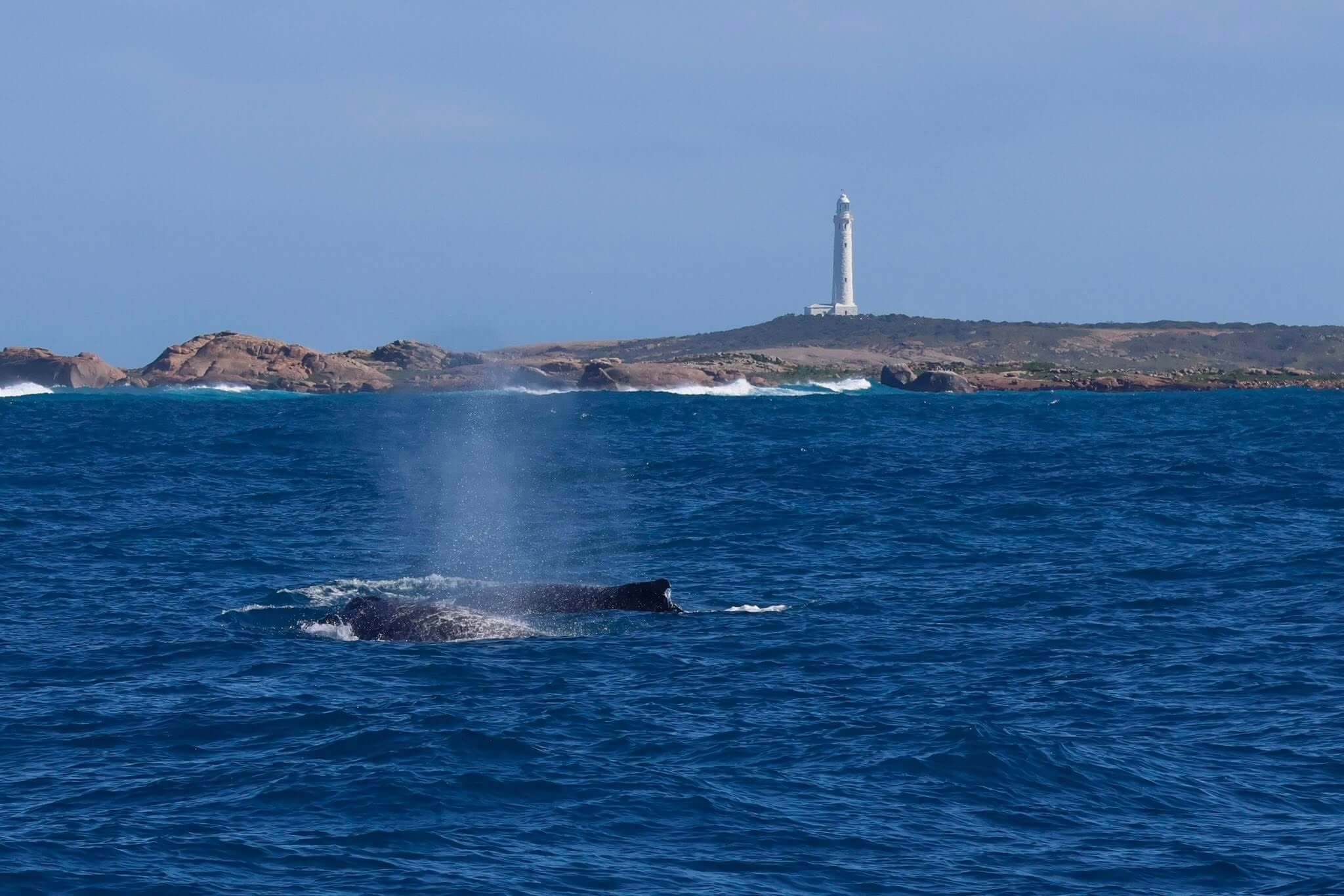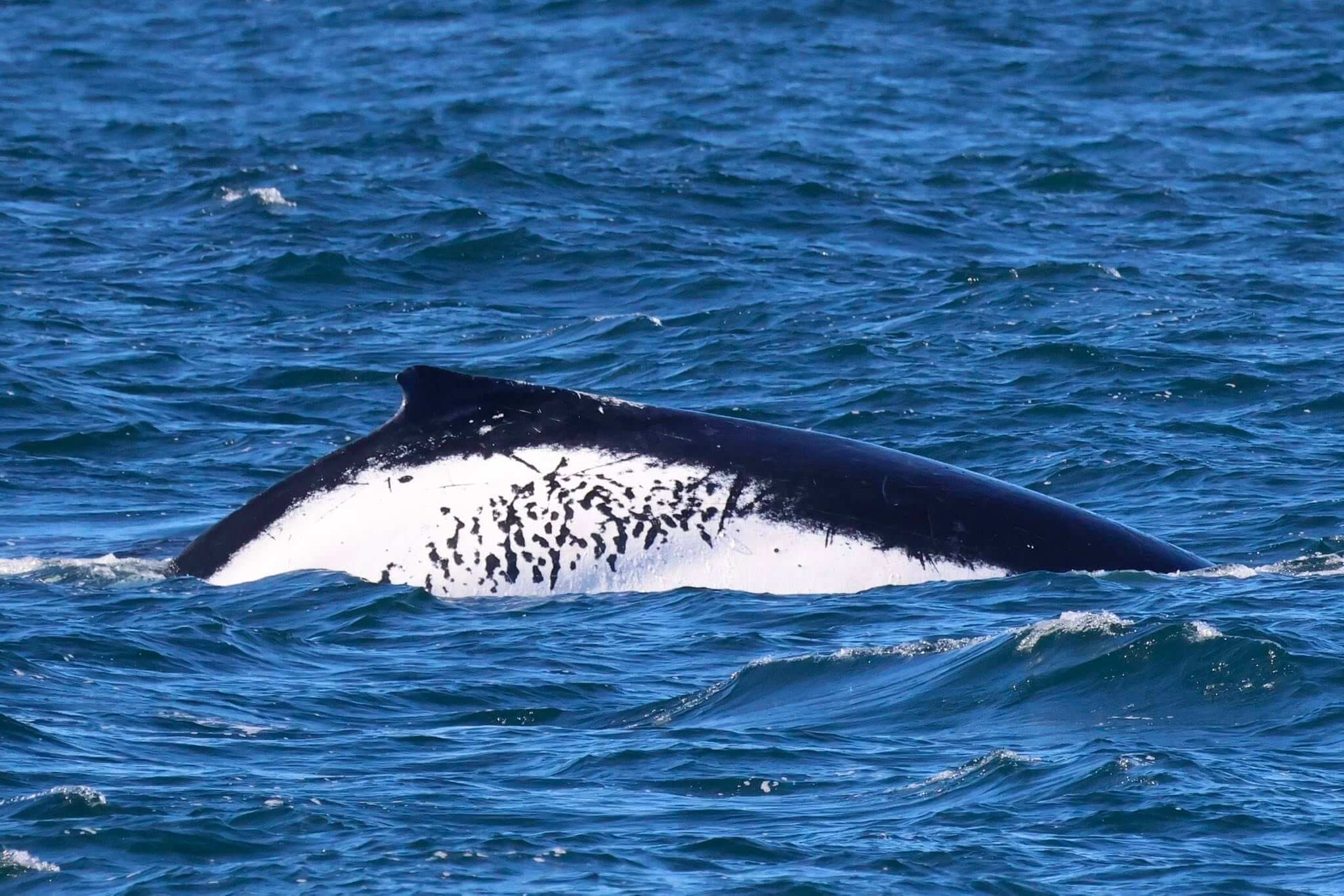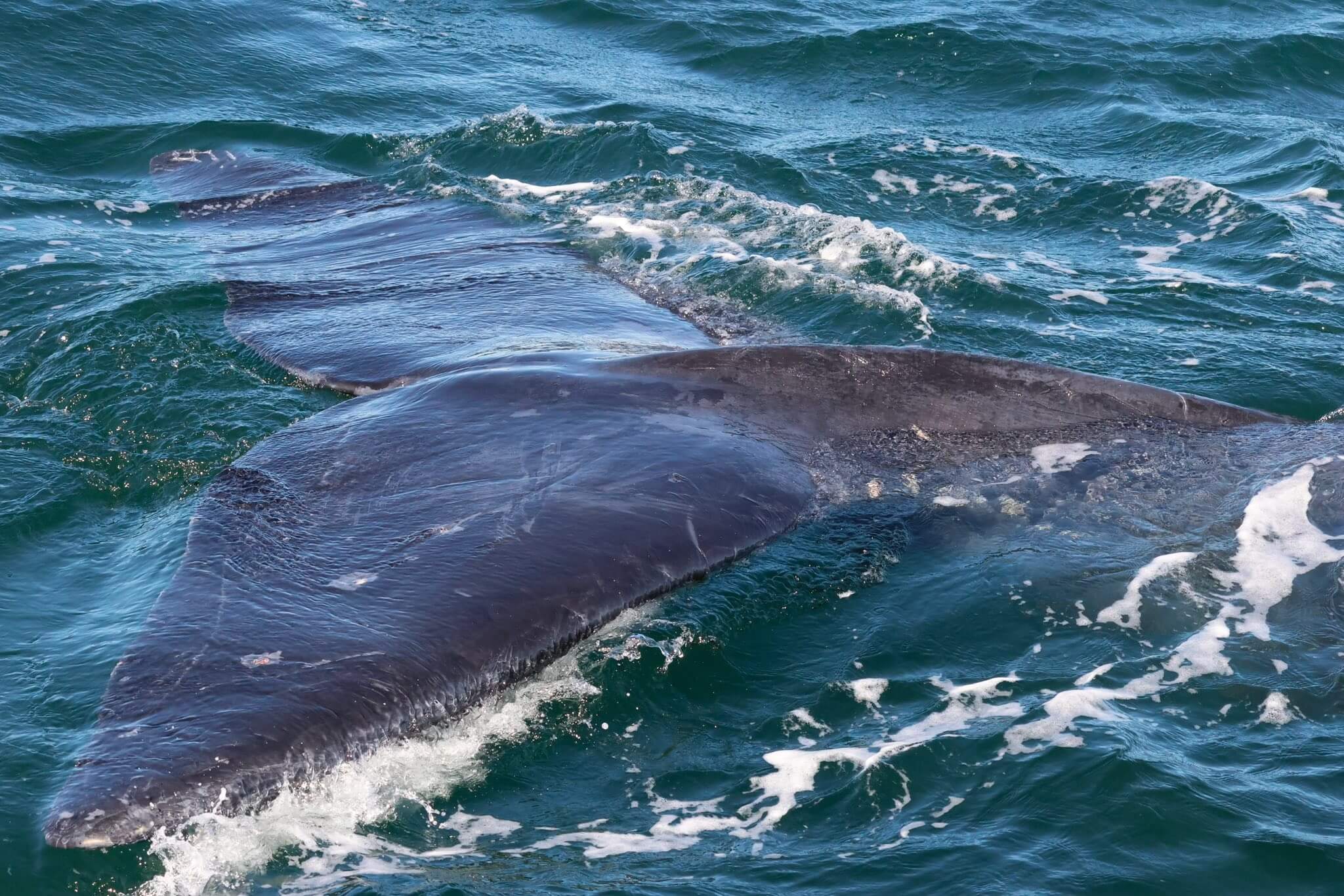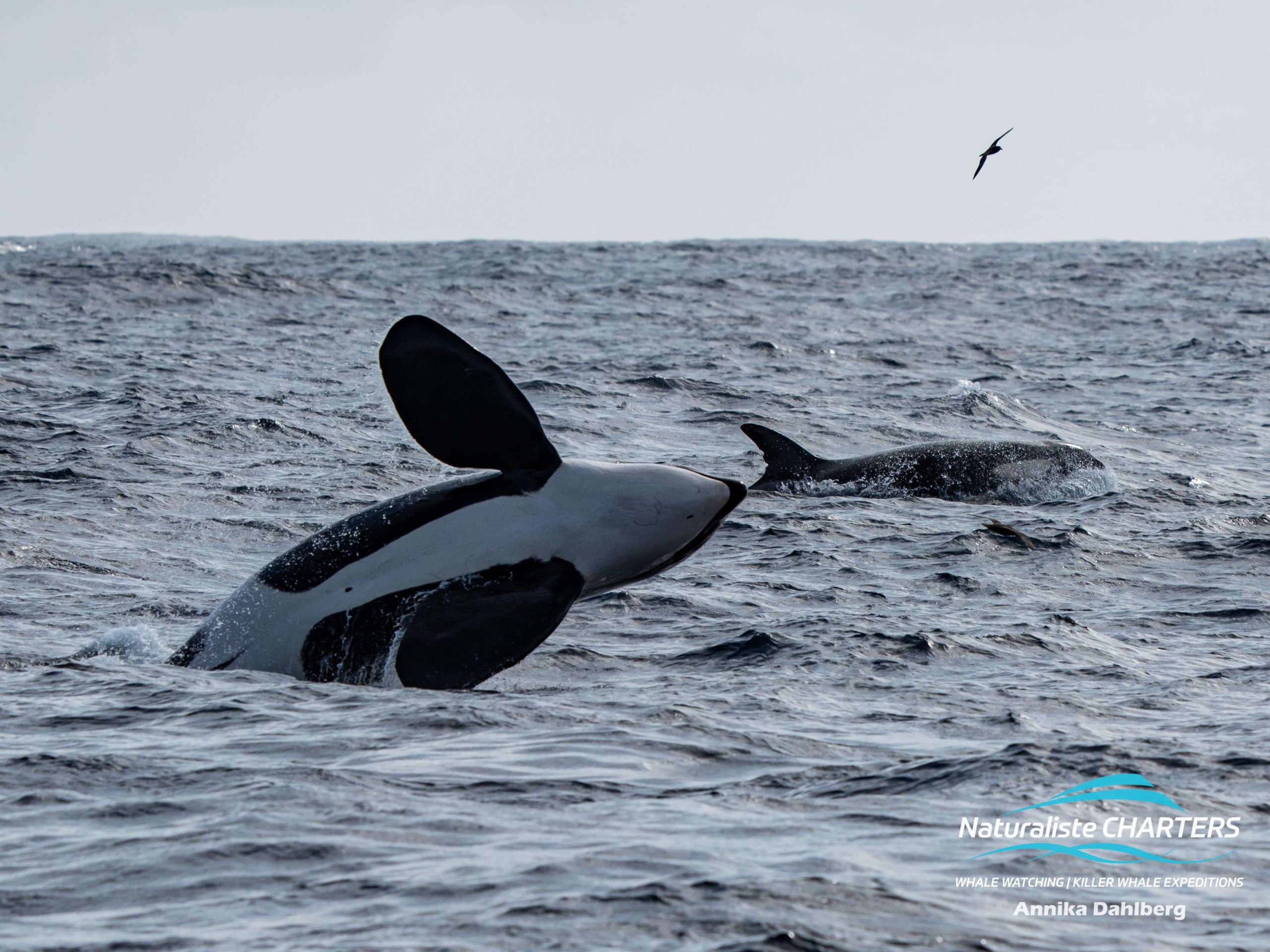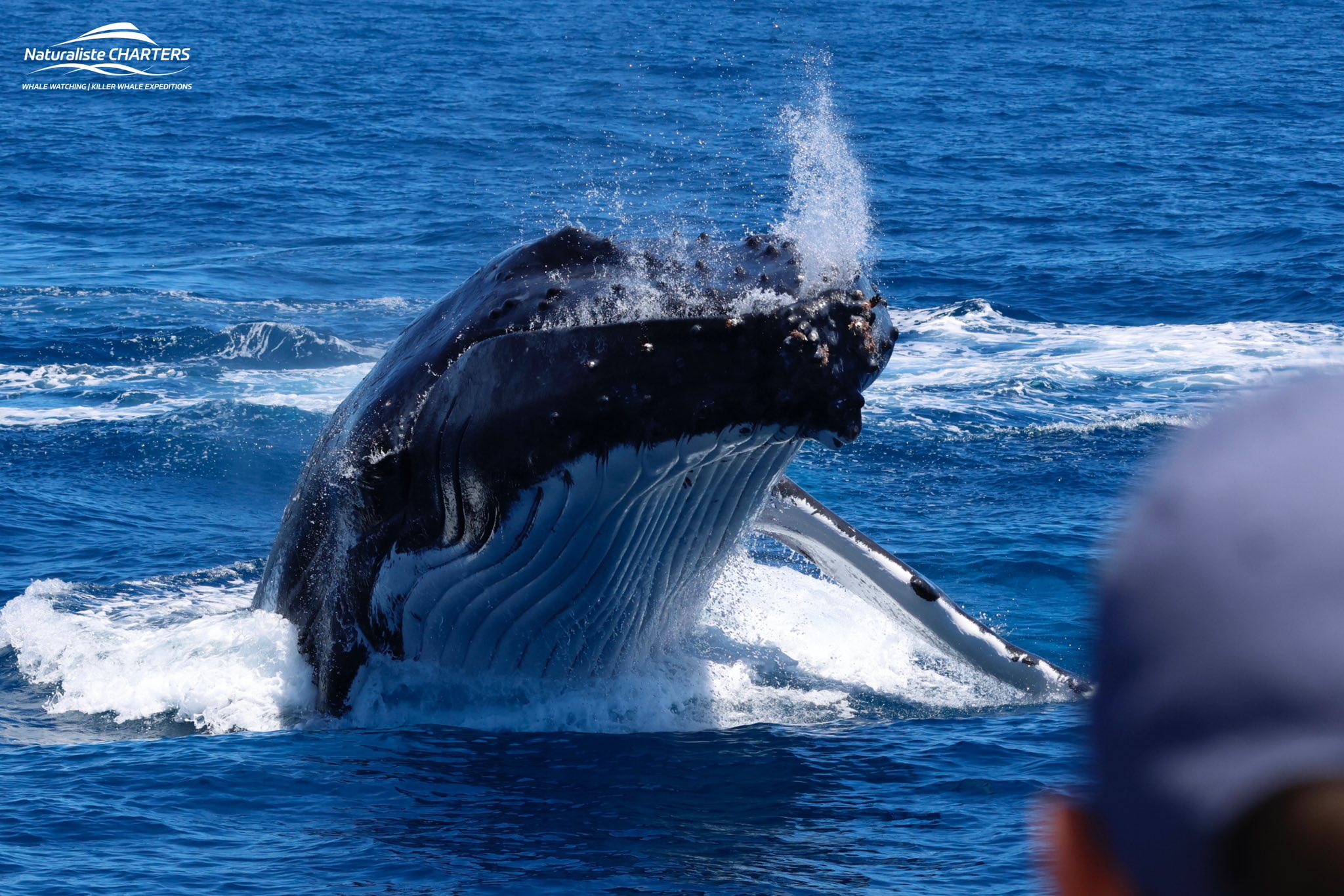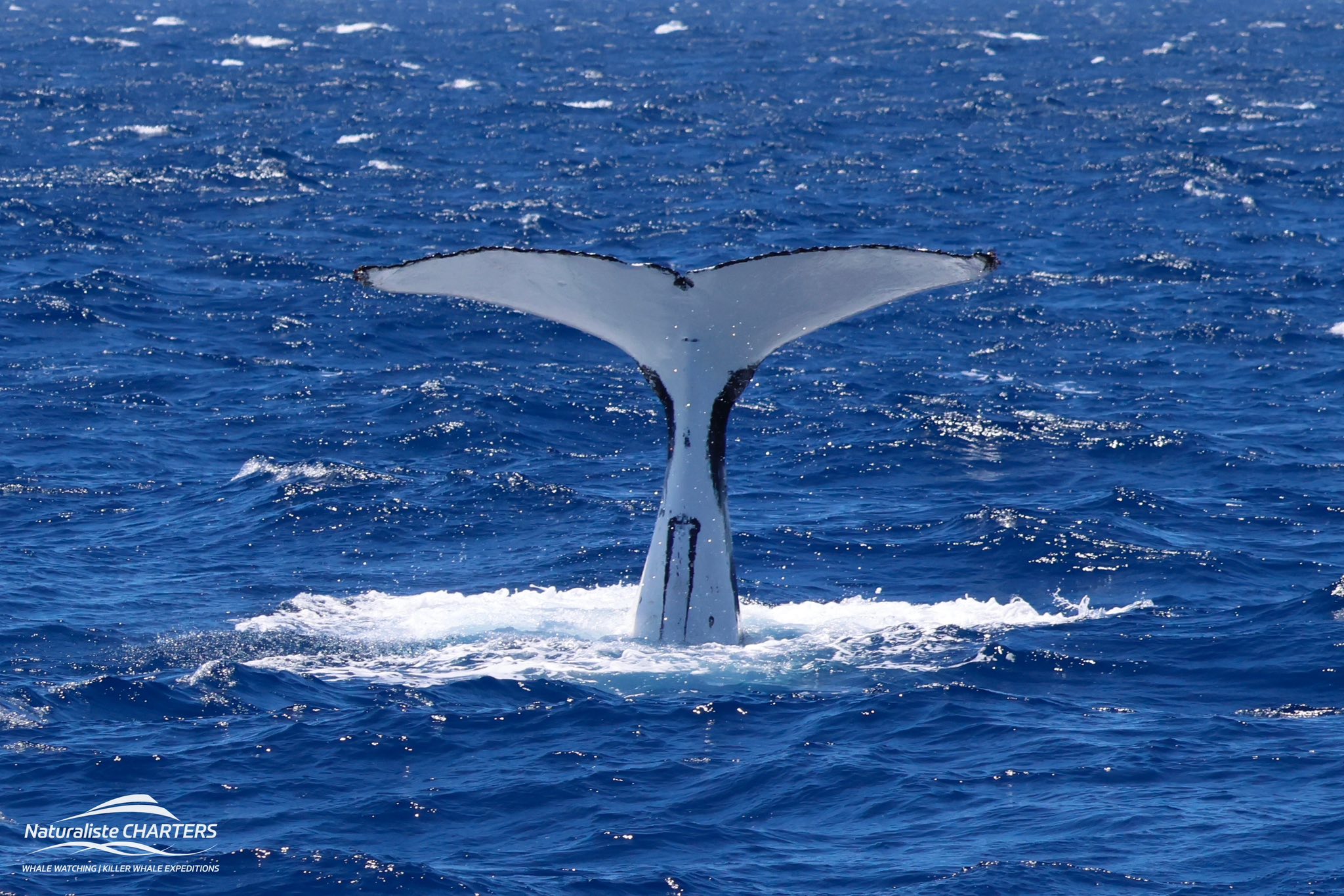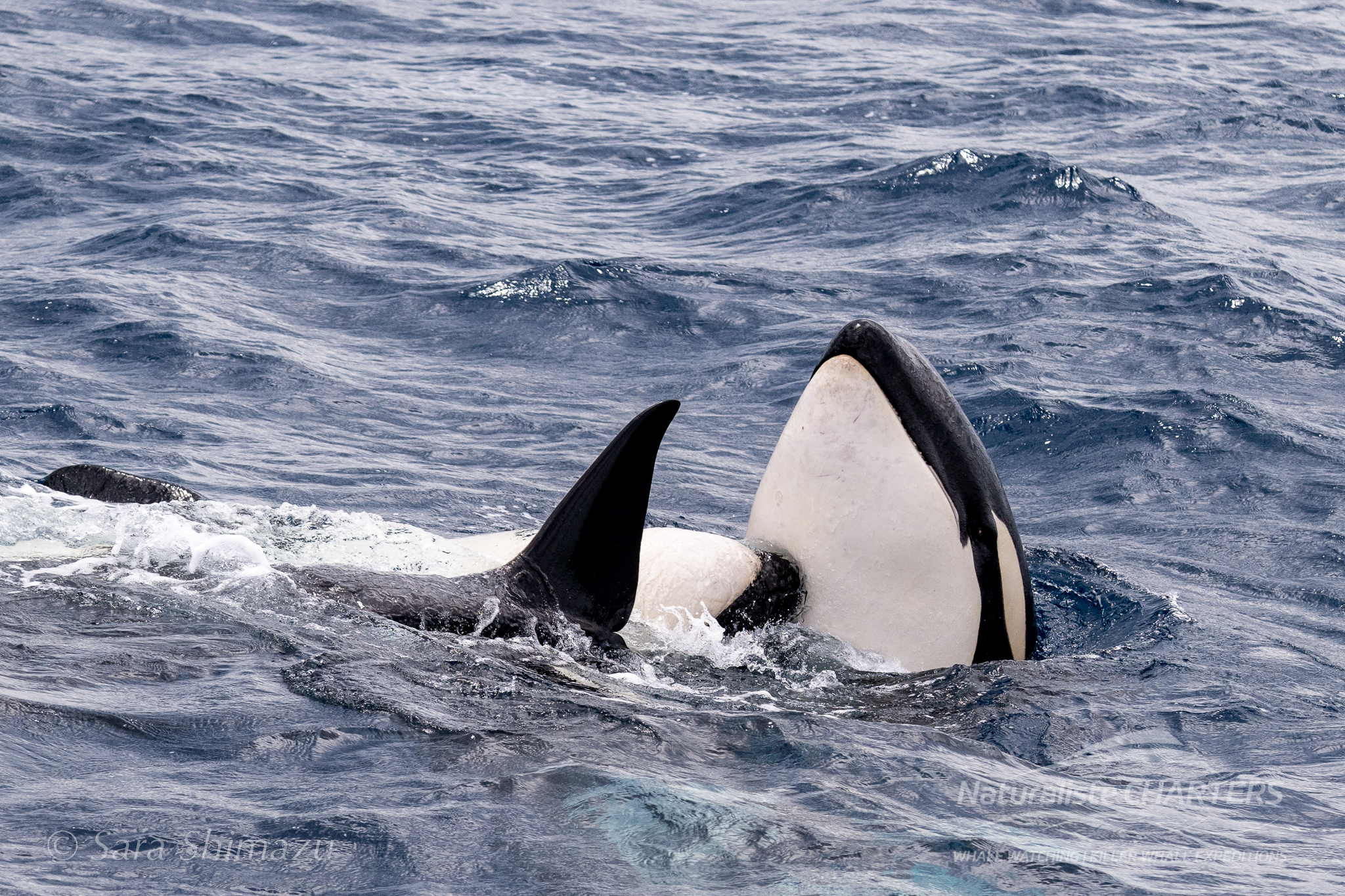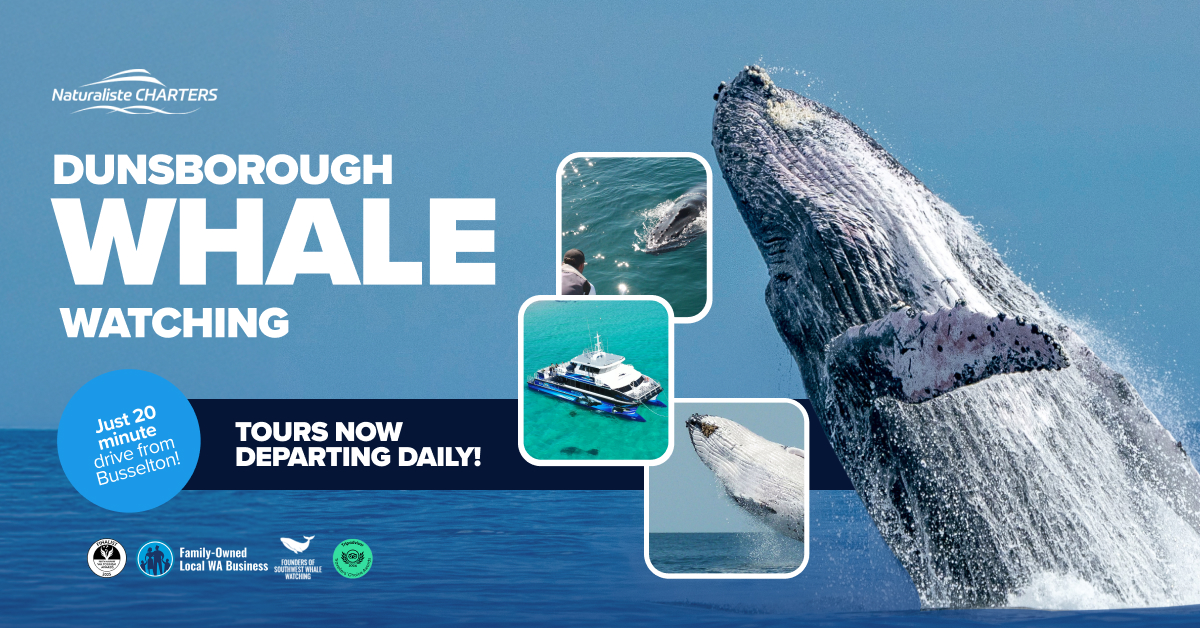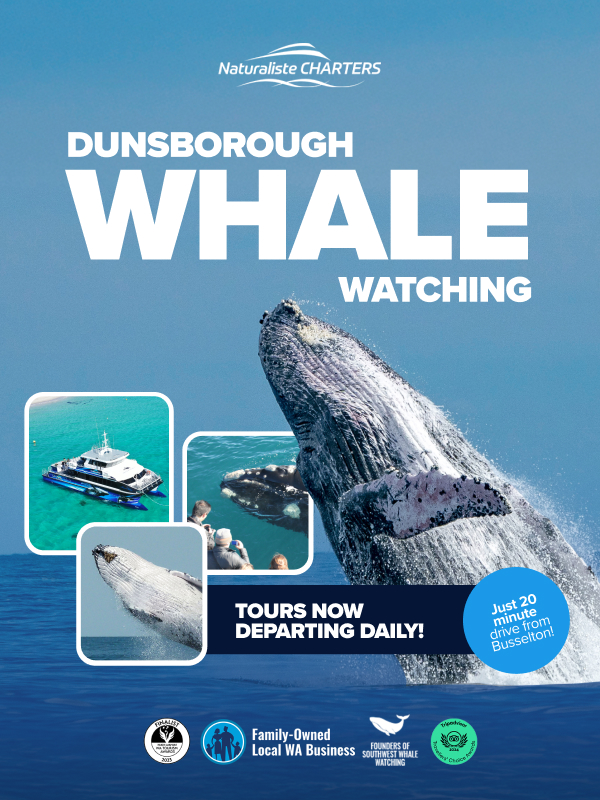Whales Swim Across the World’s Oceans – and Right Past Our Coast
Every year, some of the most spectacular marine migrations take place along Western Australia’s coastline. It is a fact that whales swim thousands of kilometres between their summer feeding grounds and their winter breeding areas. As a result, passing directly through the regions we call home — Augusta, Dunsborough, and Bremer Bay. Naturaliste Charters is privileged to offer close encounters with these incredible animals. Which are featured across three distinct tour locations and two unforgettable tour types.
The Epic Journey of the Humpback Whale
Humpback whales live in both the northern and southern hemispheres, with populations travelling vast distances during their annual migrations. In the south, they move from the cold Antarctic waters. Here humpback whales feed on krill and small fish, to tropical waters for their breeding season. These warmer seas offer protection for newborn calves in the shallower water close to shore.
During their time in the north Pacific or Antarctic feeding zones, these gentle giants gorge themselves. Storing energy for their long travels. This period, often called the summer feeding season, is vital for their survival as they fast during migration and breeding.
Whales Swim in Harmony – and Sometimes in Spectacular Fashion
Seeing a group of whales in the wild is a breathtaking moment. Sometimes, you might witness breaching — when a whale propels itself out of the water, creating a thunderous splash on landing. At other times, you may notice the distinctive trailing edge of a tail fluke as the whale dives. The dorsal fin, located on the whale’s back, often appears first, signalling the start of a deeper dive.
One of the most fascinating feeding behaviours is bubble net feeding. Although more common among humpbacks in the northern hemisphere, it’s worth explaining. A coordinated group of whales works together, swimming in circles while blowing bubbles to create a “net” that traps small fish. Then, with mouths wide open, they surge upward through the tightly packed prey, their baleen plates filtering the food from the seawater. While we don’t typically see this in Western Australia, it’s a remarkable example of whale cooperation.
Protecting Our Visitors
While our tours are about sharing the beauty of these animals, they also highlight the challenges whales face. Sadly, some become entangled in fishing gear, restricting their movement and threatening their survival. On our Augusta tours last year, we saw an individual in distress from such an entanglement and reported this sighting to the relevant authorities. This ensured that rescue teams had the information they needed to attempt assistance. The experience reinforced our commitment to responsible wildlife viewing and supporting organisations dedicated to marine conservation.
Three Locations, Two Tour Styles, One Extraordinary Experience
From May to August, Augusta offers humpback and southern right whale encounters as they rest in the sheltered bay. Later in the year, our Dunsborough tours, from August to November, reveal migrating humpbacks and the chance to see rare blue whales late in the season. And from December to April, Bremer Bay’s offshore canyons host powerful orcas, along with sperm whales, pilot whales, and more.
Book an Augusta Whale Watching Tour
Book a Dunsborough Eco Whale Tour
Book a Bremer Canyon Killer Whale Expedition
Across all seasons and species, our tours offer the same magic — the unforgettable moment when whales swim alongside our vessel, their movements powerful yet graceful. These encounters are more than just sightseeing; they are windows into the lives of some of the ocean’s most extraordinary creatures.

